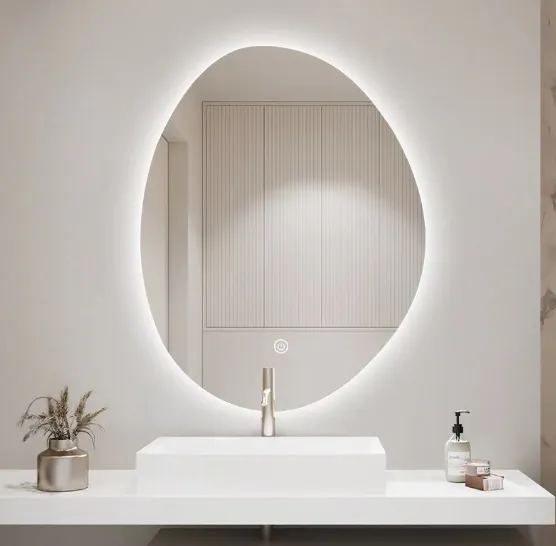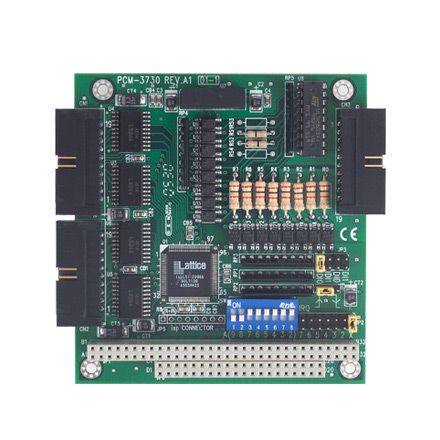Low emissivity glass, commonly known as low E glass, is revolutionizing energy efficiency in the construction and design industries. Understanding the role of low E glass in modern architecture and interior design is crucial for industry professionals and consumers who want to reduce energy costs while maintaining aesthetic appeal. This article delves into the benefits, applications, and what to consider when choosing low E glass suppliers, showcasing expert knowledge and trustworthy advice for your purchasing decisions.

Low E glass is designed to minimize the amount of ultraviolet and infrared light that can pass through glass without compromising the amount of visible light that is transmitted. This is achieved through a microscopically thin coating that reflects heat. In various environments, low E glass contributes significantly to energy savings by keeping interiors warmer in the winter and cooler in the summer, thereby reducing heating and cooling costs.
With an increasing number of suppliers entering the market, choosing the right low E glass supplier is critical. Successful selection begins with a comprehensive understanding of the qualifications and reputation of your potential partners. Suppliers should offer certified products that conform to international standards such as Energy Star ratings or equivalent local certifications.

Industry leaders in low E glass manufacturing often boast decades of experience. Expertise is evident in their ability to innovate with diverse coating technologies that cater to specific climatic conditions and building requirements. Potential buyers should investigate whether suppliers are investing in research and development to ensure their products remain at the forefront of technology.
Apart from experience and product certification, purchasing from reputable low E glass suppliers offers additional authority and assurance. Look for suppliers with membership in recognized industry organizations such as the Glass Association of North America (GANA) or the National Glass Association (NGA). These memberships signify adherence to rigorous standards and commitment to quality and customer satisfaction.
Expert consultations by seasoned professionals are invaluable when it comes to incorporating low E glass into your projects. Reliable suppliers provide comprehensive product guides and technical support, ensuring you understand the nuances of different coatings and applications. Customized solutions catered to your specific needs often herald a level of expertise that sets top suppliers apart from the rest.
low e glass suppliers
Furthermore,
trustworthiness in a low E glass supplier is embodied in transparency and reliability. Reputable suppliers provide clear and detailed documentation regarding technical specifications, installation guidelines, and maintenance procedures. A robust warranty policy - which reputable suppliers offer - provides additional peace of mind, reinforcing trust in their products and services.
When selecting a low E glass supplier, it is essential to assess their project portfolio and customer testimonials. Engaging with references and reviewing case studies on completed projects can provide tangible insights into the supplier's capabilities and reliability. This will help ensure that you make an informed decision that aligns with your project's demands and sustainability goals.
Applications of low E glass extend beyond residential buildings to include commercial spaces, hospitals, educational institutions, and more. Superior energy efficiency, reduced glare, and enhanced thermal comfort are just a few of the reasons architects and builders prioritize the inclusion of low E glass in project specifications.
The emergence of smart building technologies influences the development and application of low E glass, incorporating dynamic coatings that adapt to environmental changes, thereby enhancing energy savings. Forward-thinking suppliers invest in these advanced technologies and offer products that not only meet current demands but anticipate future trends.
In summary, selecting a low E glass supplier involves a careful evaluation of experience, expertise, authoritativeness, and trustworthiness. These attributes ensure the integrity of your purchase and the long-term success of your projects. By identifying a supplier with proven technological prowess and a client-centric approach, you can capitalize on the benefits of low E glass and champion the sustainable development goals that modern construction increasingly demands.



